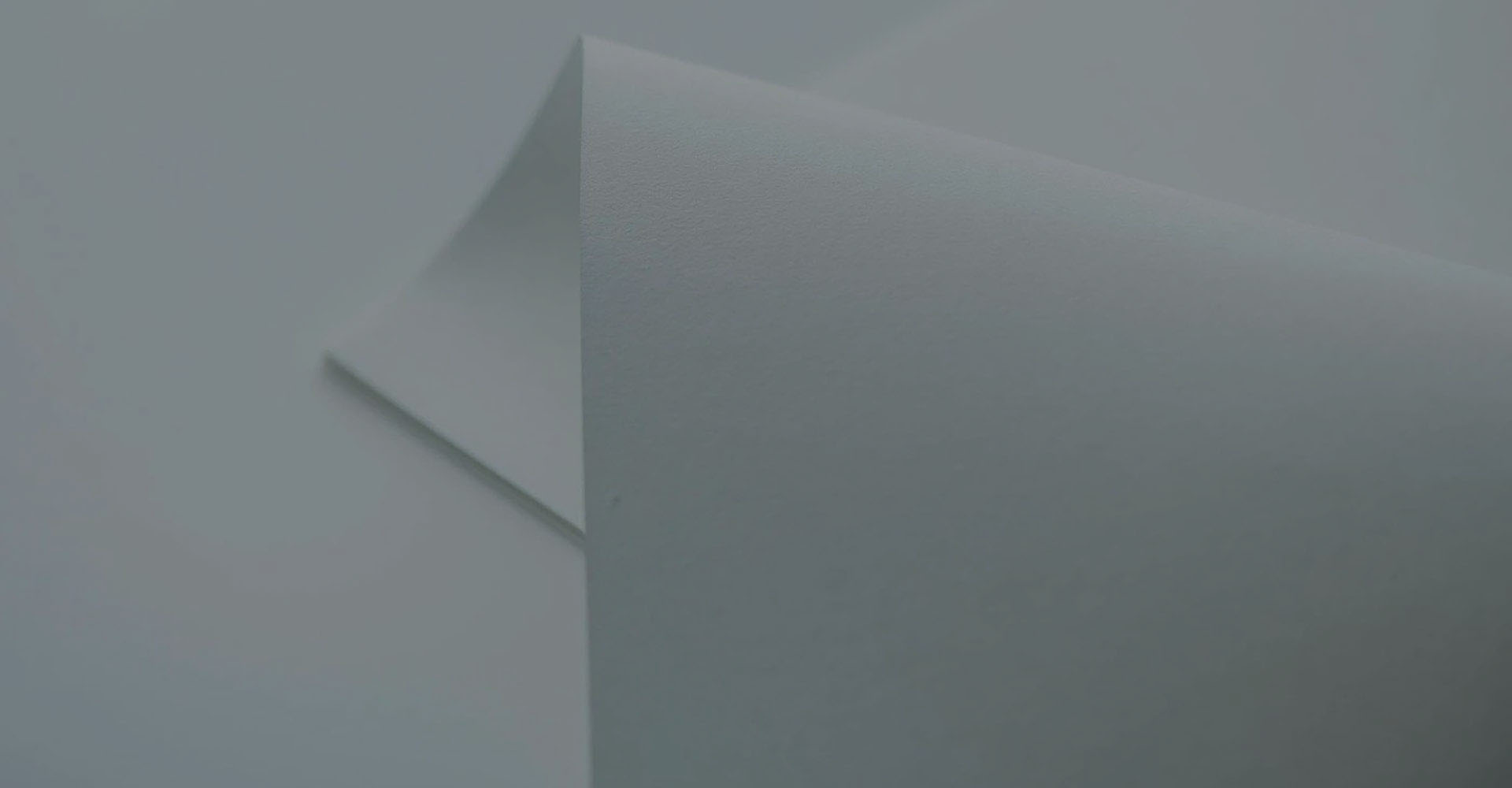12 Feb Interesting Facts about Art in Spain by Dena Falken

Facts About Art In Spain
Spain’s oldest art form, Cueva de la Pileta, on a limestone mountain southwest of Ronda, contains arguably; miles of 25,000-year-old prehistoric images and symbols. After the fall of Rome and the Visigothic government, Spain sought artistic leadership in neighboring North Africa. The Moors of North African descent brought an expressive Islamic motif that merged with the Christian stylistic form. Siglo de Oro, the age of Spanish art, emerged in the early 17th century with naturalism and religious paintings. The 20th century represented avant-garde artists like Pablo Picasso and Salvador Dali, who tackled political, social and cultural issues in sculpture, painting and even photography.
Artistic Styles
Spanish Baroque artist José de Ribera applied the chiaroscuro technique in his work. The sharp lighting in contrast to the dark shadows gave the subjects an intensity of movement. Spanish neoclassical artist Francisco Goya experimented with an inversion in often sinister compositions with dark paintings. Salvador Dalí led the surrealist dream movement from the early years of Impressionism, while Pablo Picasso, another artist with many distinct styles, was a pioneer of Cubism.
Architecture
Spain has the second highest number of World Heritage Sites in the world. Architectural wonders such as the Monastery of El Escorial are home to paintings by El Greco and Velasquez, as well as a collection of tapestries woven from drawings by Goya. The Alhambra Palace in Granada has Mudejar elements that derive from Islamic influences. In Cordoba, La Mezquita displays a number of artistic elements, such as a shell-shaped marble ceiling and decorative Byzantine mosaics. The exterior facade of the Palau de la Musica Catalana in Barcelona has a Gothic and Modernist look. It is topped by a mosque-inspired tower and is gaily decorated with floral-tiled pillars and busts. The interior of the concert hall is ethereal, lit by a stained glass dome.
Printing Press In Spain
Printing arrived in Spain in the early 1970s, but although it was printed in at least 29 cities before 1521, the impact of printing on the book trade and especially on the authors’ position was very gradual6. Until the invention of the printing press, no author made a living selling his works to the general public. Such a situation in Spain lasted at least until 1600, when even then patronage was an important source of income for most authors.
A century before the press arrived in Spain, Spanish literature tended to monopolize members of great aristocratic families: not only did they write frequently, they could only pay. Across Europe, the press brought first the lower nobility and then the lower and middle classes into contact with written literature; as writers and, perhaps more importantly, as clients. This gradual but eventually massive increase in readership also caused a slow but significant shift in the notion of literary reputation. The slow transfer of manuscripts took decades to gain an extensive reputation.



Sorry, the comment form is closed at this time.